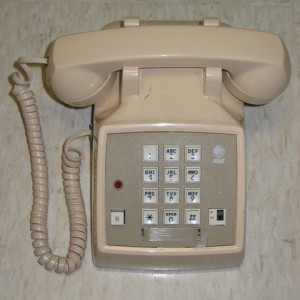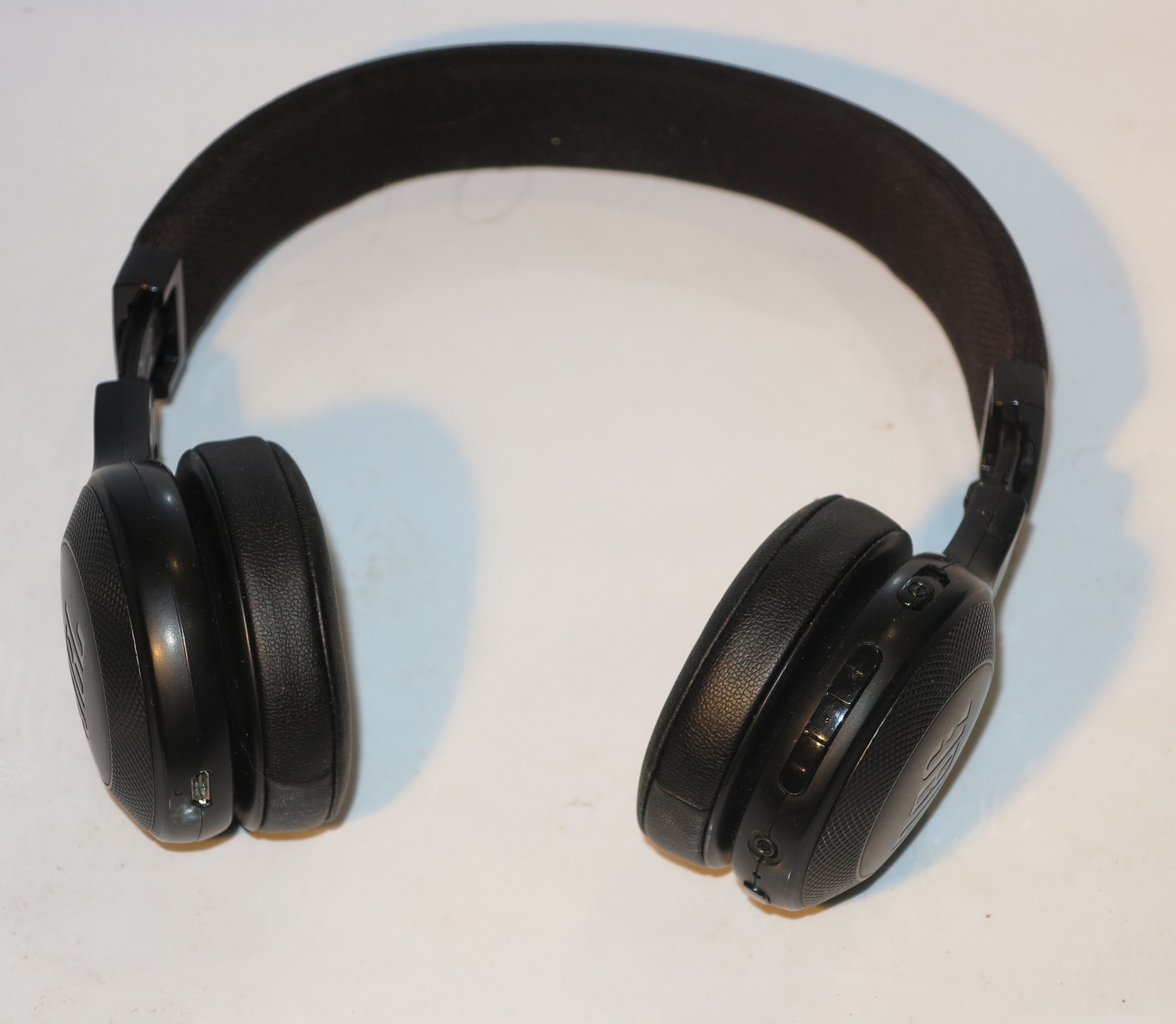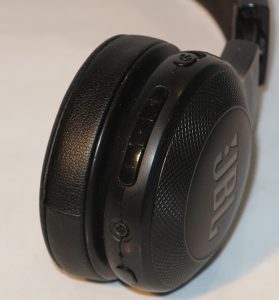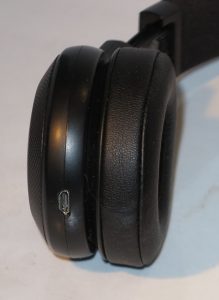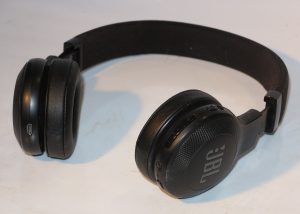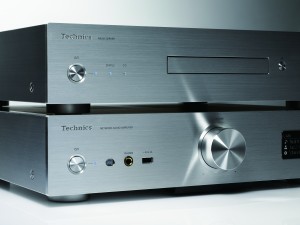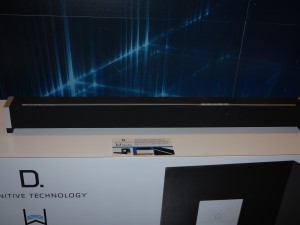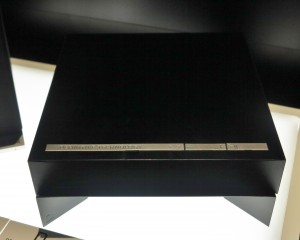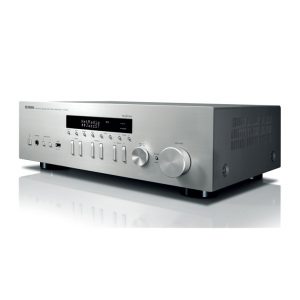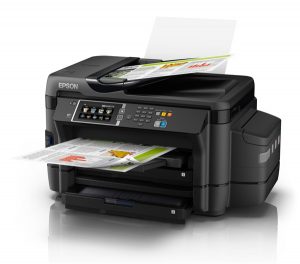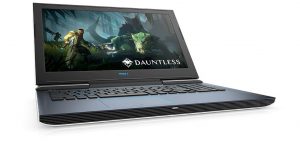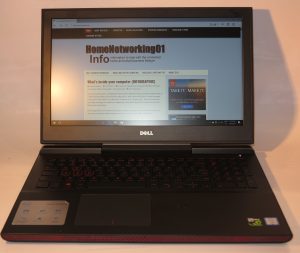Wi-Fi defines a new standard for distributed wireless netowrks
Articles

Wi-Fi now to standardise the operation of distributed Wi-Fi setups like the NETGEAR Orbi with the EasyMesh standard
A new Wi-Fi standard could let different mesh routers work together | The Verge
Mesh Wifi gear from different companies could soon work together | Engadget
Wi-Fi Alliance’s Wi-Fi EasyMesh certification aims to standardize mesh networks | PC World
From the horse’s mouth
Wi-Fi Alliance
My Comments
Increasingly, home and small-business Wi-Fi users are showing interest in distributed-WiFi network systems that implement simplified configuration and hands-off optimisation. They consist of multiple access-point devices and use a Wi-Fi path or, in the case of a few systems, an optional wired-network path to provide a backhaul to the router that links to your Internet service.
People are showing interest in these setups as a simplified way to assure Wi-Fi wireless-network coverage across a large or multi-storey / split-level building or a building that uses materials and construction techniques that play havoc with Wi-Fi network coverage. As well, they don’t want to deal with devices that are difficult to set up or to have to remember which SSID to use for best coverage in a particular area.
To the same extent, those of us who have separate buildings on our properties like a cabin or converted garage may want to be sure we can gain reliable access to the Internet and network resources from these buildings. Some of the distributed Wi-Fi systems like the Netgear Orbi can support wired backbones which can work with a HomePlug powerline link or Ethernet cable strung between the buildings and this could bring seamless Wi-Fi network operation to these buildings.
But the current problem with these systems is that you have to create the system with equipment from the same vendor or, in some cases, implementing a particular chipset. This makes it hard for customers to mix and match equipment to create a distributed-WiFi system that answers their needs exactly.
There is also the risk that if a manufacturer abandons their distributed-WiFi product line and one of the units fails, customers can’t replace the faulty unit with a new one from a different vendor – they would have to scrap the whole system. The same situation also applies if a customer wants to use a unit that offers specific functionality such as a router with higher security, a modem router or a weatherproof access point.
Enter the Wi-Fi Alliance who have established a certifiable standard with a trademark for these kind of systems. This standard, known as the EasyMesh standard and is part of their device-certification scheme, is based on the IEEE 1905.1 protocol for small-network configuration allows for “mix and match” operation of a distributed-WiFi system.
A network based on the Wi-Fi EasyMesh standard can implement a backhaul based on a Wi-Fi wireless and/or a wired (Ethernet, HomePlug powerline, MoCA TV-aerial / cable-TV coax, etc) medium. As well, the devices can support a dedicated Wi-Fi backhaul segment with dedicated radio transceivers or use the same Wi-Fi segment used to serve client computing devices.
There are two classes of device that exist across an EasyMesh Wi-Fi network – a Controller and an Agent device. The Controller co-ordinates what is happening with the network and typically it can be part of the Wi-Fi router that is the network-Internet “edge” of your home network. But it can be software running in another computer or an access point. You can have only one of these in operation on the one EasyMesh network.
The Agent device is the access point that your client devices such as your laptop, tablet or smartphone link to your home network through. These will connect to each other and to the Controller using the Wi-Fi, Ethernet or similar backbone.
A simplified setup and device-onboarding process takes place in an EasyMesh network, with the device-onboarding process typically being facilitated through methods like NFC or push-button setup. The onboarding procedure will also be about learning the capabilities that the new device offers such as what bands it operates on and whether they can be used simultaneously or what Wi-Fi standard is being supported by that device. Of course, initial network configuration may be about determining the ESSID (Wi-Fi network name) and, perhaps, a user-chosen passphrase for your network.
Let’s not forget that the EasyMesh network implements continual self-tuning for each Agent AP node. This means that if you add or remove extra Agent APs or move them around, they adjust their operating frequency and signal strength themselves. It also applies whenever neighbours set up or modify their Wi-Fi-based home networks.
The Controller device then monitors the network for best performance and will have the network steer client devices towards access points that offer the best bandwidth. As well, the Agent access points report their measurements to the Controller device and each other to provide the self-tuning self-healing network.
The Wi-Fi Alliance stated that there is the possibility of implementing Wi-Fi Certified EasyMesh at a software or firmware level without any particular requirements as far as the hardware is concerned. This could appeal to vendors to implement EasyMesh in to existing devices as part of, say, a firmware update which is a practice that AVM have done to enable some of their Fritz series of home-network equipment for distributed-Wi-Fi operation.
But what do I see the Wi-Fi Certified EasyMesh technology lead to?
There will be the ability to supply distributed-WiFi equipment that offers better value to the home or small-business user. This includes the ability for manufacturers to supply equipment that targets particular niches such as VPN-endpoint Wi-Fi routers for business or weatherproof access points for installation outdoors. Manufacturers could even consider the idea of integrating “mesh AP” functionality in to client devices so these devices could effectively boost Wi-Fi coverage in to an area.
The technology will benefit ISPs, telcos and cable-TV operators who supply Wi-Fi routers, typically modem routers, to their customers as part of providing Internet service. Here, it could become feasible to provide a modem router with EasyMesh capability to their customer and allow these customers to purchase the EasyMesh-compliant access points that suits their needs through the ISP’s storefront or a third-party retailer.
There is also room for the vendors to continually improve on their products in many different ways without needing to worry about risks associated with designing for a proprietary setup. Here, the algorithms associated with network-performance management can be tweaked in a manner so as to carry that improvement across an existing EasyMesh setup.
At the moment, the Wi-Fi EasyMesh solution will primarily be targeted at simple small networks but there will be a call to evolve this standard to support Wi-Fi-based VLAN setups. This is more so to cater for “guest networks”, FON-style shared-bandwidth setups and IP-based telephony which will make use of these setups. Here, a setup that answers these needs may may have to cater towards replicating the multiple SSIDs and network setups these networks implement while shifting data from each SSID to each “data pipe” like the Internet or a VoIP service.
But I see the Wi-Fi EasyMesh standard leading towards the ability for householders and small businesses to make sure that their small network’s Wi-Fi segment is providing the right coverage to suit their needs.



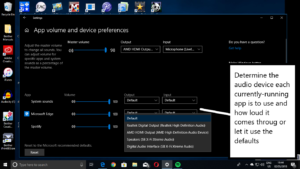
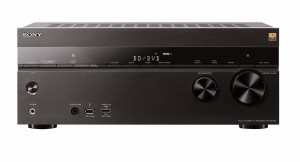
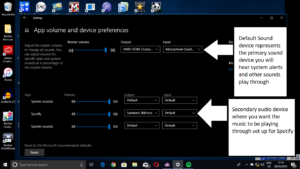
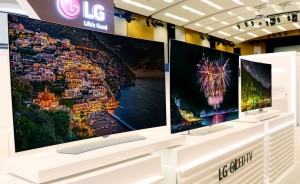
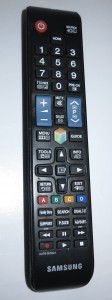
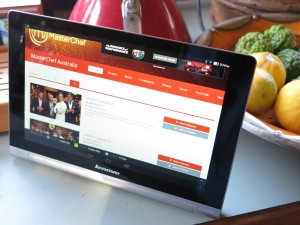
![Lexington Kentucky downtown (CBD) view photo By Madgeek1450 at English Wikipedia [Public domain], from Wikimedia Commons](https://homenetworking01.info/wp-content/uploads/2018/04/LexingtonDowntown-300x199.jpg)
